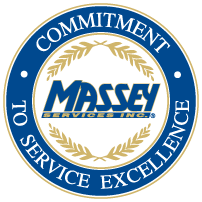
Award-Winning Service.
Expect More From Massey Services
Since 1985, Massey Services has earned the trust of thousands through exceptional service and reliable results.

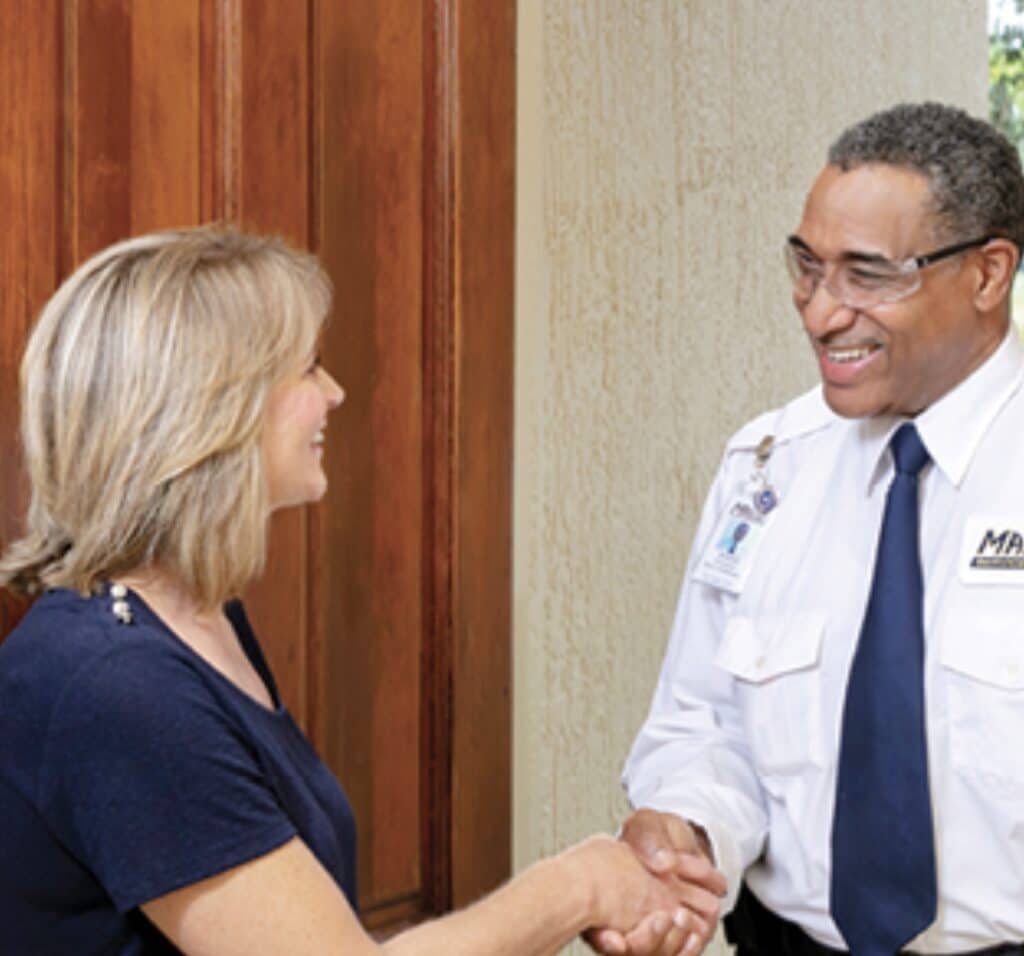

Since 1985, Massey Services has earned the trust of thousands through exceptional service and reliable results.
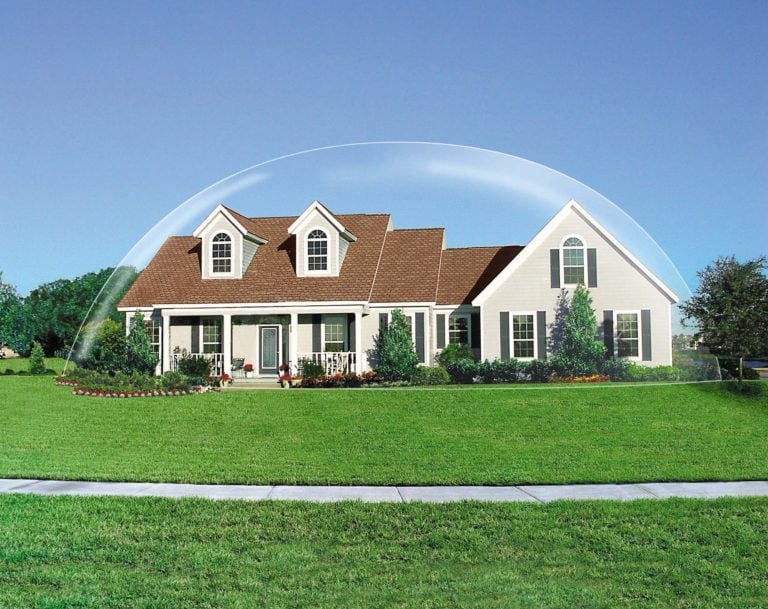

Termites cause an estimated $5 billion in damage across the United States each year. The worst part? Most homeowners insurance policies do not cover termite damage, leaving you to handle costly repairs on your own. The reality is, it’s not a matter of IF termites will invade your home—it’s WHEN. Our comprehensive termite control will help ensure your home is protected from all types of termites, including subterranean termites, drywood termites and other wood destroying insects. Best of all, our Termite Control Programs are all backed by one of the strongest guarantees in the industry.
Schedule Your Free InspectionOur professional termite control services provide comprehensive termite protection to safeguard your home from subterranean termites, drywood termites, Formosan subterranean termites and other wood-destroying insects. With our expert treatment plans, you can ensure long-term protection and peace of mind.
Best of all, our Termite Control Programs come with one of the strongest guarantees in the industry, so you can trust that your home is secure. Don’t wait until termites cause costly damage—invest in professional termite control and protection today!
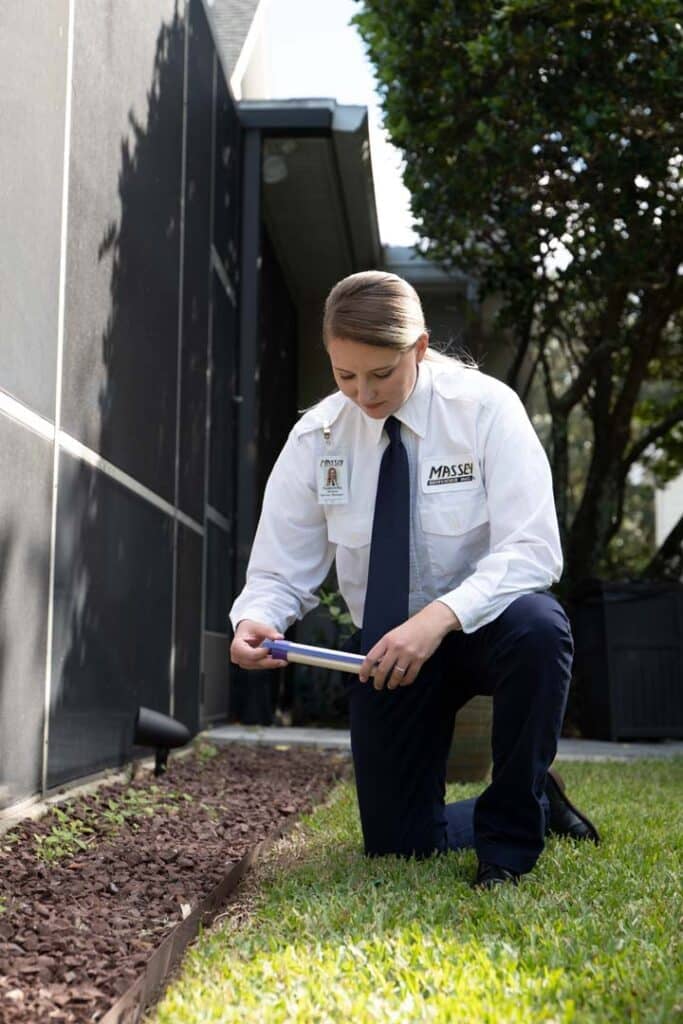
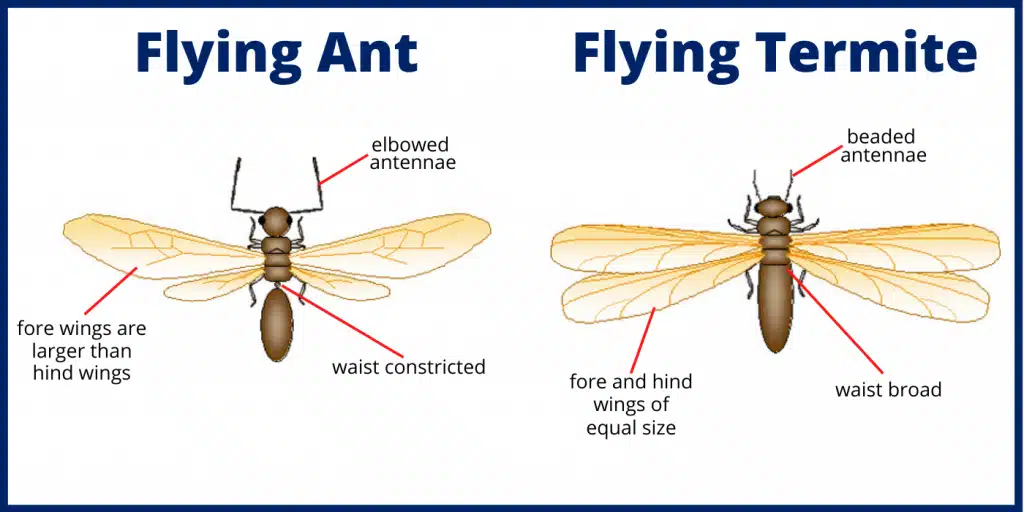
Termites vary in appearance, but in the U.S., the main types are subterranean and drywood. All produce winged swarmers that leave to start new colonies—often mistaken for flying ants but distinguishable by key features.

Subterranean termites are the most common type of termite to infest homes in the United States. As their name suggests, they attack homes from underground,...

Formosan termites are arguably the most dangerous type of termite to invade a home. These termites devour wood 24/7, and colonies may include upward of...

Drywood termites swarm and enter your home through cracks, unscreened soffits and gable vents. Drywood termites are a danger to any wood in your home,...

Swarming termites create exit holes in the drywall and extensive wood damage can make drywall look rippled.

Typically found after a swarm in small piles near window ledges and other light sources.

Drywood termites excrete pellets that are kicked out of holes. These pellets often accumulate in piles on windowsills, baseboards and under wooden objects.

These tubes are made of particles of soil, wood and debris, and they allow subterranean termites to reach food sources above ground level.

This can include wood that sounds “hollow” when tapped with the handle of a screwdriver or wood that is soft when probed with a sharp...

Powder post beetles leave evidence of their presence with piles of a fine, talc-like powder around furniture, flooring and any wooded items in the structure.
Protect your home from costly termite damage with our free termite inspection. Our certified termite control specialists conduct a thorough interior and exterior inspection, identifying current infestations, hidden damage, and future risks.
Our professional termite inspection covers your entire home and surrounding property, with a focus on:
✅ High-risk areas for termite activity
✅ Common entry points where termites invade
✅ Early warning signs to prevent infestations before they start
After the inspection, we provide a personalized termite treatment plan tailored to your home’s needs. Our expert technicians use advanced, environmentally responsible termite treatments to eliminate infestations and protect your property from future damage.
All of our termite protection plans include annual termite inspections to detect any new activity. Our specialists will re-inspect your home inside, outside, over and under to ensure
your property remains protected from termites year after year.
Schedule Your Free Termite Inspection Today! Don’t wait for termites to cause costly damage—contact us now for expert termite control services and long-term protection.
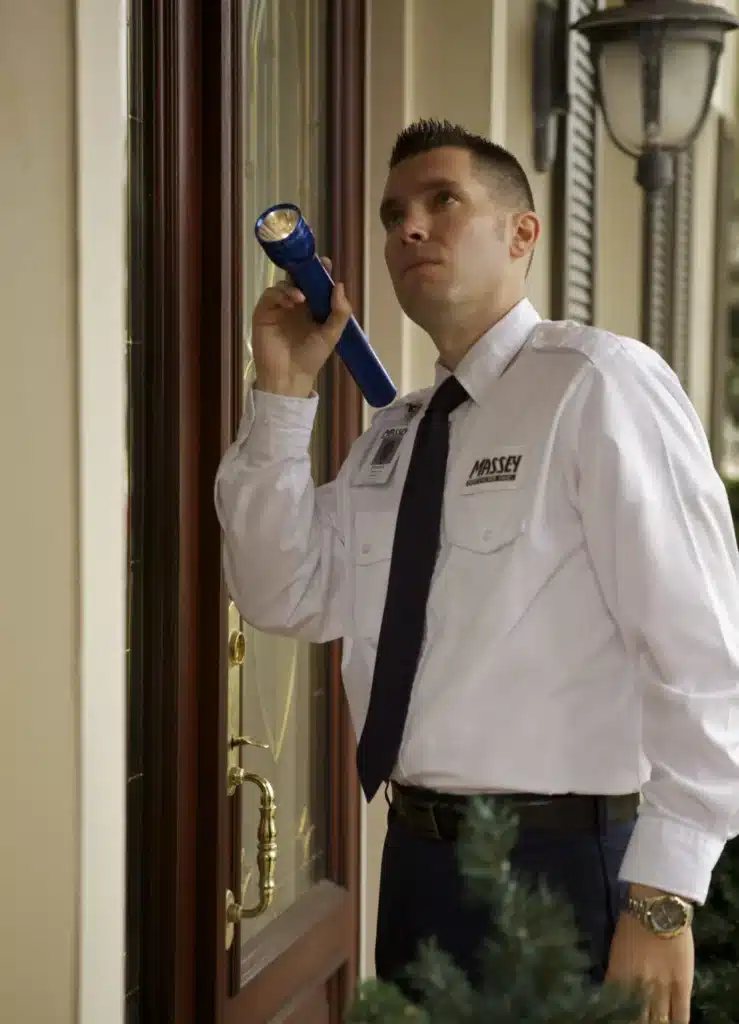
1. Soil Treatments for Subterranean Termite Defense
Our soil treatments create a powerful barrier around your home’s foundation, stopping subterranean termites before they can cause damage. This treatment not only repels termites but also ensures that any termites that cross the barrier carry the treatment back to their colony—leading to full colony elimination.
2. Termite Bait Stations for Ongoing Protection
Our termite bait systems are strategically placed around your property to attract and eliminate termite colonies. Termites consume the bait and unknowingly spread it to the rest of the colony, ensuring total eradication. This proactive approach provides continuous monitoring and long-term protection.
3. Wood Treatments for Direct Termite Prevention
For added protection, our wood treatments fortify your home’s structural wood against termite infestations. Treated wood deters termites, killing any that come into contact with it. This method is most effective when combined with soil or bait treatments for complete termite defense.
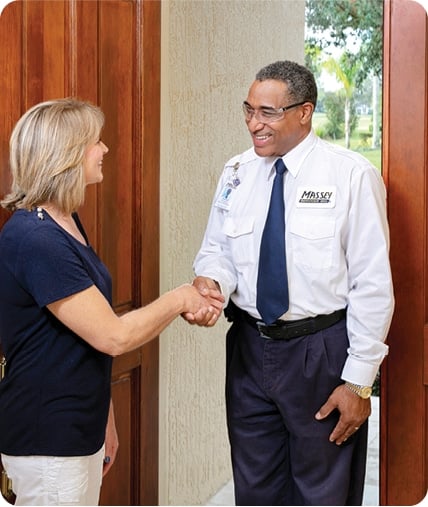
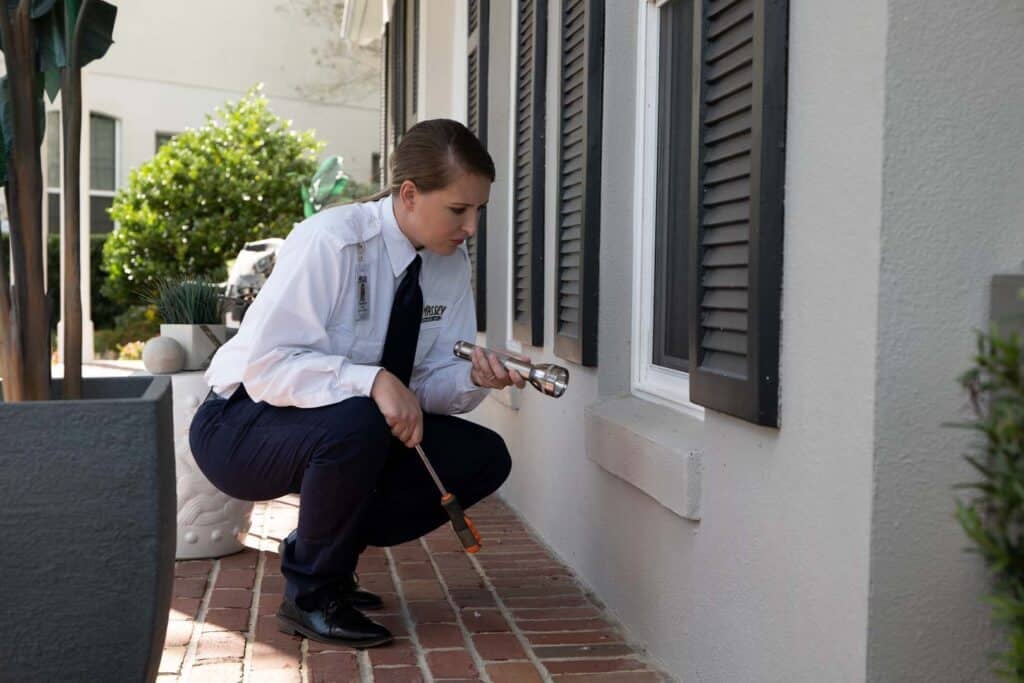

Here’s what’s included:
Termite protection refers to specialized termite control services designed to protect your home from structural damage caused by termites. Termite protection often includes either a liquid termiticide treatment or strategically placed bait stations around the home’s foundation.
These services are part of a termite protection plan, which should also include routine inspections and preventive treatments. Many of these plans come with a termite bond—a contractual agreement that includes ongoing monitoring and covers any new damage caused by termites while under the agreement.
Absolutely. Termite damage is a widespread issue across nearly all of the U.S. Without termite protection, homeowners risk significant out-of-pocket expenses from termite-related damage. A professional termite protection plan helps ensure the structural integrity of your home, often saving you thousands of dollars by preventing issues before they start.
The extent of termite damage depends largely on the size and maturity of the colony. A small colony of 60,000 termites can consume approximately one square foot of wood in about a month, but that’s just the beginning. Moderate to large colonies, which may include millions of termites, can cause severe structural damage in two to three years or less. In extreme cases, large colonies can render a home uninhabitable in under two years. Because termite damage can go unnoticed until it's extensive, it’s much more cost-effective to prevent it than to repair it.
The cost of termite control services varies depending on your property’s size and the type of treatment used. While preventive services are typically affordable, the cost to repair termite damage can easily climb into the tens of thousands. Investing in proactive termite protection through Massey Services now can save you from major headaches and unexpected costs in the future.
While DIY termite treatments exist, they often fall short of providing the long-term protection your home requires. A professional termite inspection from Massey Services identifies not just the presence of termites, but also the environmental factors that may invite future infestations. Our experts recommend the best treatment plan based on your home’s layout and the local termite species. This professional guidance—backed by our unbeatable guarantee—offers far greater peace of mind than any store-bought solution.
The most effective termite control depends on the species of termite and the unique construction of your home. That’s why we begin every service with a free inspection. Based on our findings, we may recommend liquid treatments, bait stations, or a combination of both—always customized to give you the strongest defense against termites.
Yes, it’s absolutely necessary. Termites often work silently, and by the time their presence is discovered, the damage is usually significant. Regular inspections and proactive treatments with a comprehensive guarantee are your best defense against costly repairs and future infestations.
We provide pest control, termite control, and landscape services throughout the southern and southeastern United States. With nearly 3,000 Team Members at more than 190 service centers, we are ready to protect your home with the best termite control in the industry.